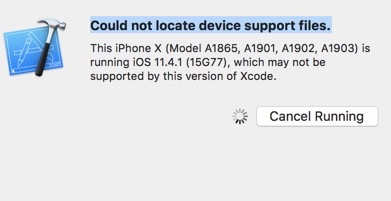

In particular, Xcode 13 runs on both macOS Big Sur and macOS Monterey, so once your team upgrades to this latest release, there shouldn’t be any need to upgrade again as you make the transition to the new Apple architecture. Xcode 13 and Apple’s M1įor teams that are looking to make the move to Apple’s new ARM-based M1 silicon, combining that move with a shift to Xcode 13 makes sense for a number of reasons.

Check out Apple’s docs for a full rundown of security updates in iOS 15. Security-focused updates are particularly noteworthy in this release, as improvements tackle potential insecurities related to Audio, ColorSync, Continuity Camera, and more. Xcode 13 is a prerequisite to development for iOS 15, which brings with it a significant influx of updates and improvements in terms of security, accessibility, and more than the Apple community has graciously submitted for inclusion in this release. Support for Vim keybindings for text editing.įor a full accounting of updates and improvements to Xcode, check out the Xcode 13 release notes.Auto-generate documentation from in-line comments in Swift with DocC.Native support for concurrency programming with Swift, integrated support for Git pull requests.Xcode 13 requires a Mac running macOS 11.3 or later, which includes both Intel and Apple silicon-based machines. This latest Xcode release includes SDKs for iOS 15, iPadOS 15, tvOS 15, watchOS 8, and macOS 11.3 (Big Sur). While Xcode 13 is compatible with both Big Sur and Monterey releases of macOS, version 13 is the only option once your team makes the upgrade to macOS Monterey. Likely even more enticing for development teams considering making the upgrade to Xcode 13, this latest release is the key to getting started with iOS 15. Xcode 13 was officially released this past September, and it is loaded with great updates that improve the developer experience.


 0 kommentar(er)
0 kommentar(er)
